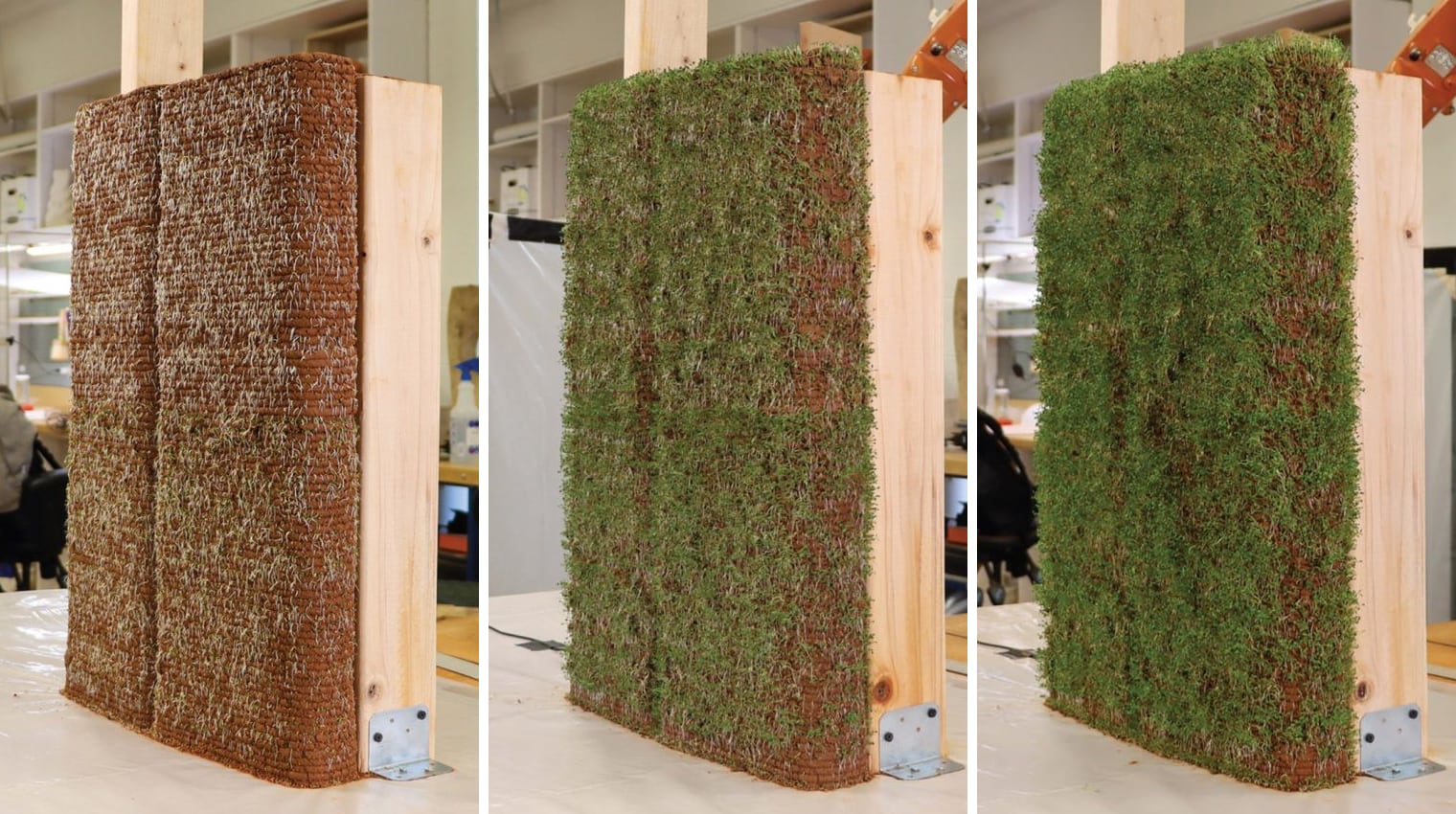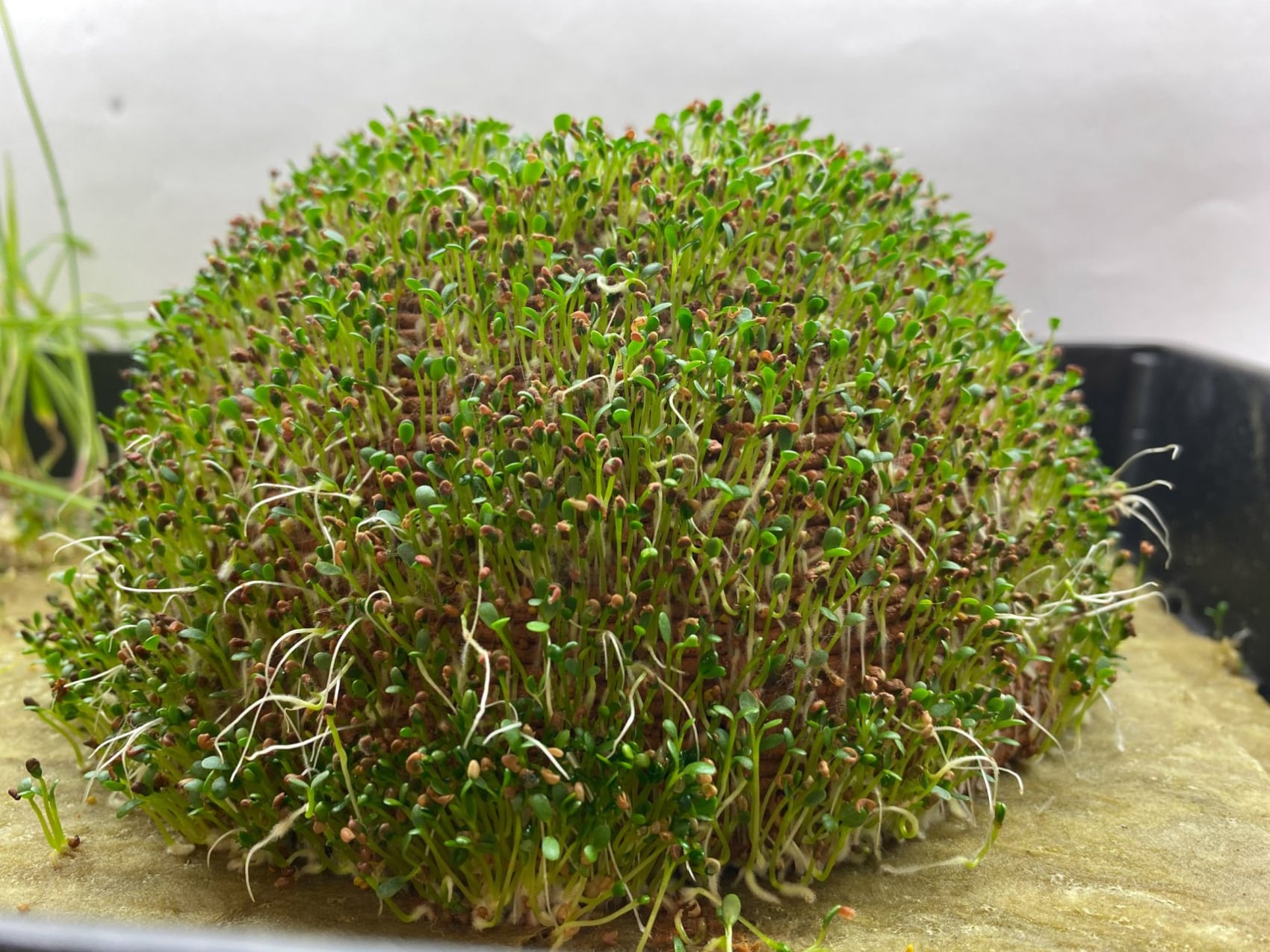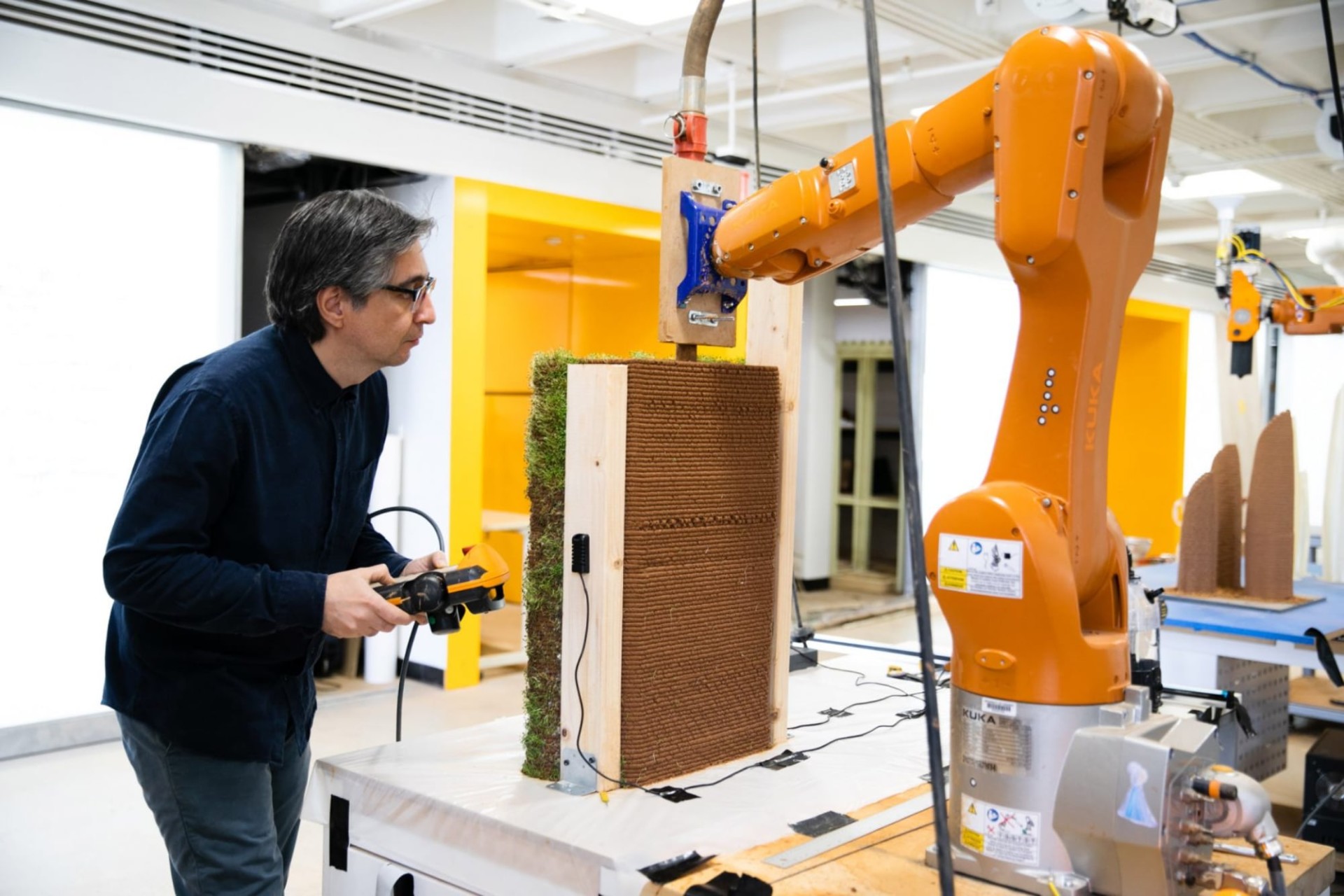3D printing has come a long way recently, with new and innovative techniques continuously being developed. One of the most recent innovations comes from the University of Virginia, where assistant professor Ehsan Baharlou and his team have created 3D-printed structures that sprout plants. These structures are made of earthen building materials, including seeds, which grow into lush plant life. This unique technology offers a new way to add greenery to architecture and landscapes.
The technology has, so far, only been tested on smaller domes and walls. However, if it were to be built on a larger scale, it would have the ability to naturally insulate structures, absorb water that frequently causes flooding, provide green space for animals in cities, and even be carbon negative as the succulents aid in the removal of extra carbon from the environment. “We’re using local soil and vegetation combined with water, and just electricity is required to transport the material and operate a pump during printing. We can reprocess and reuse the material in future ink batches if we don’t need a printed item or if the quality isn’t good enough,” said Baharlou. The goal is to “establish a self-sustaining ecosystem that captures carbon emissions in 3D-printed soil ‘hubs’ through photosynthesis.”
During the next few months, we’ll be able to produce more extensive structures and address any problems that may arise from production on a larger scale.









